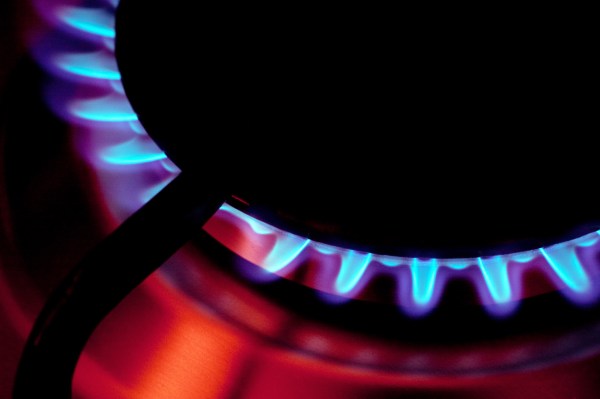Gas stoves might be on the chopping block soon.
The U.S. Consumer Product Safety Commission is considering banning the appliances in an effort to reduce harmful indoor air pollution, according to a tweet by commissioner Rich Trumka Jr. and comments he gave to Bloomberg.
“This is a hidden hazard,” Trumka told the news organization. “Any option is on the table. Products that can’t be made safe can be banned.”
Honestly, it wouldn’t be a moment too soon. Gas stove use is associated with both childhood and lifetime asthma and chronic obstructive pulmonary disease, a leading cause of death worldwide. Even when they’re turned off, they leak a significant amount of gas, and the natural gas pumped into U.S. homes almost always contains well-known carcinogens, including benzene, hexane and toluene.
The health benefits of banning gas stoves would be enormous if only because they’re so widespread. Across the U.S., 38% of households have natural gas stoves. In some states like California and New Jersey, 70% of households use them. That’s a lot of asthma.
The industry’s solution is to say the problem lies with homeowners or landlords, claiming that the true solution is better ventilation. Problem is, there’s no federal requirement, and many states don’t have standards either. Where there are codes requiring ventilation, they only apply to new builds and renovations. Lots of existing homes with gas hookups in the kitchen lack external ventilation. Homeowners or landlords don’t have to change a thing when they buy a new gas stove.
In homes without a range hood, nitrogen oxide emissions can exceed outdoor limits set by the Environmental Protection Agency within minutes of lighting the burner. Manufacturers know this, and yet they willingly sell stoves to people with inadequate ventilation.
Gas stoves aren’t great for the climate, either. Every year, they produce 8.6 million metric tons of carbon pollution from combustion and leaks combined, about the same as 1.9 million cars.
Perhaps more insidiously, gas stoves serve as a form of fossil fuel lock-in. As long as people have gas stoves in their kitchens, they’ll have gas service to their homes, which makes it easier to keep using natural gas for heating and hot water. Gas utilities know this. They even ran a marketing campaign that paid influencers to make gas cooking feel like a cultural touchstone.
If we’re serious about getting to net zero by 2050, the nation’s natural gas infrastructure needs to go. (No, biogas is not a feasible replacement — there’s nowhere near enough — and hydrogen would require vast and expensive infrastructure changes.)
The only real solution is to electrify the kitchen.
In the past, that meant installing a range with sluggish coils. They’re cheap but not fun to cook on. Today, induction stoves are where it’s at. My household ditched gas entirely when we moved some years ago, and we haven’t looked back. Yes, there are styles of cooking that are currently better suited to gas — stir-frying in a wok, for example — but the industry is already experimenting with new hob designs to accommodate.
Induction ranges have been coming down in price, and the Inflation Reduction Act offers some additional incentives to defray the cost, including a rebate of up to $840 for a new electric stove with a $500 bonus if the old model was gas.
Ultimately, kitchen design trends may sweep gas stoves away. Induction is far more flexible than gas, allowing designers to completely rethink what a stove should look like. The massive centerpiece range could soon end up looking like yesterday’s gaudy trend, the 2010s equivalent of the ’70s avocado green refrigerator.
Still, a little regulatory coaxing can’t hurt. For decades, the CPSC has been regulating products that pollute people’s homes and make them sick. Given the hazardous fumes that roll off a gas range, it’s not surprising to see the commission take up the matter. If anything, it’s surprising it took this long.
